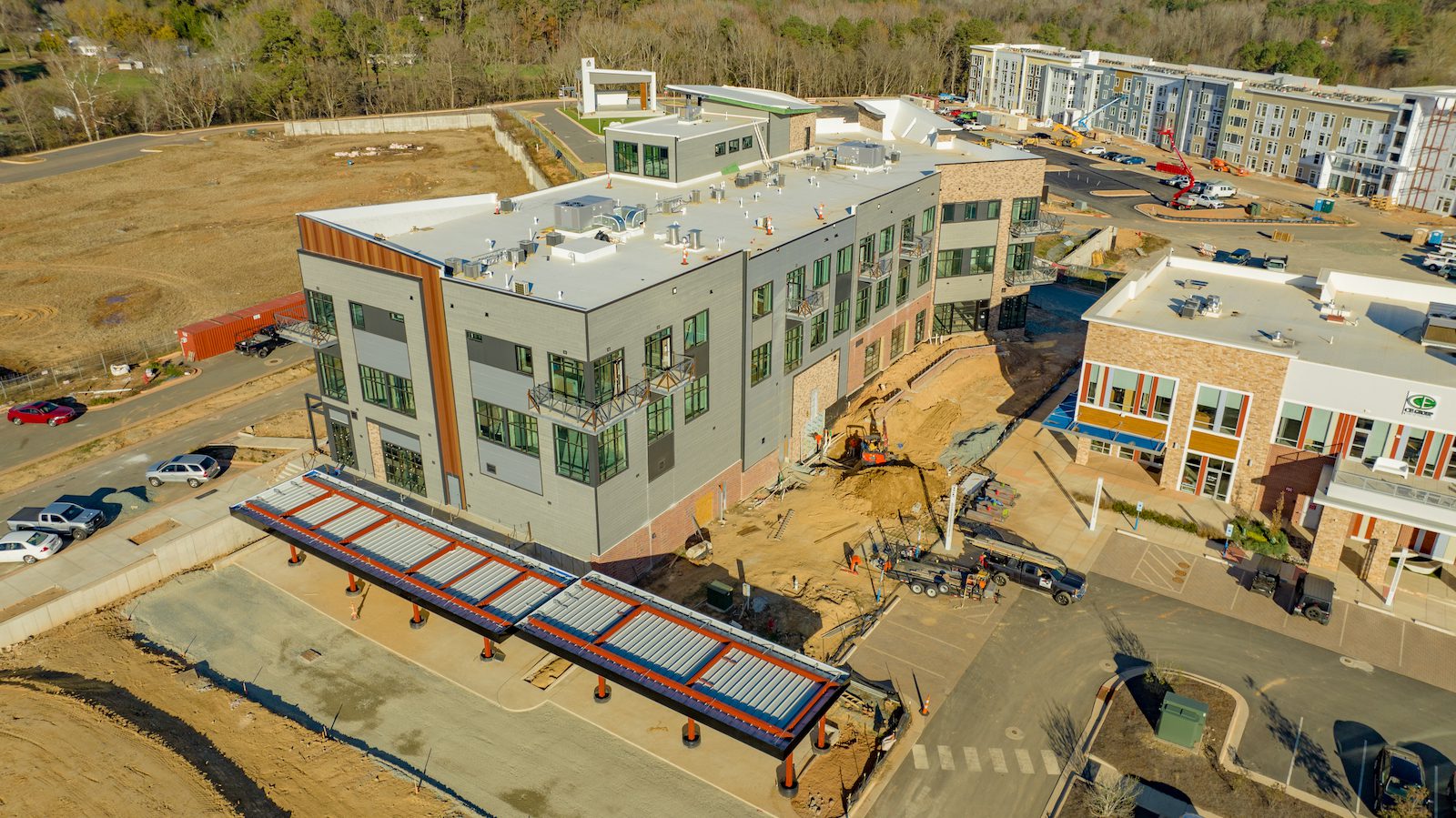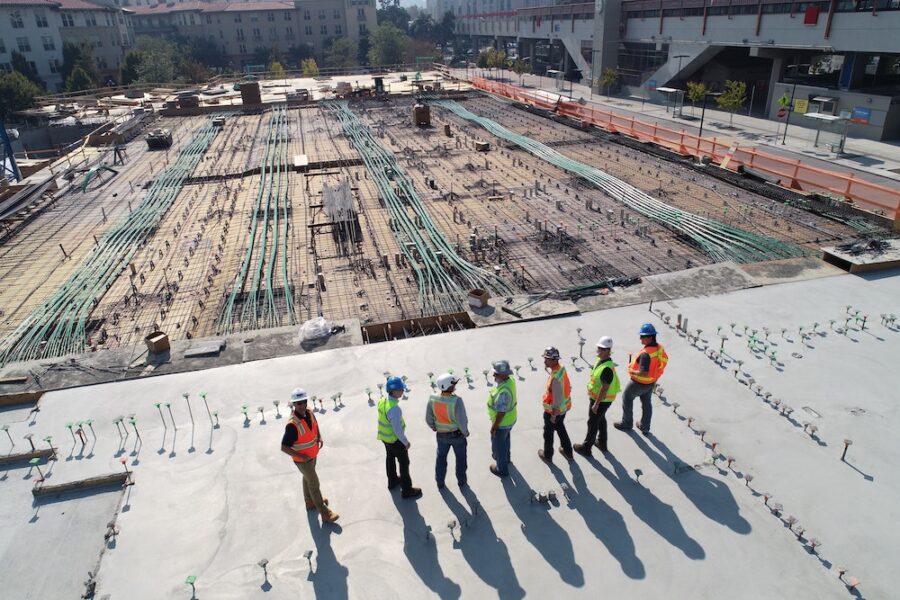If you’ve got a large architectural project, you might think you need a large firm to handle it. But, a large firm actually may not be the right fit. With the right processes, small, experienced teams can actually deliver a better product and experience than a large firm.
Success for Mixed Use and multi-family architectural projects comes down to well-honed processes in three key areas: design, project management, and drawing production. These key areas of focus often prove to be a challenge for large firms to maintain consistency and quality. However, when well-executed by a small firm, these factors increase capacity and performance.
Key Management Area 1: Project Design
At a large firm, the lead designer might have less time to focus on your project. Large firms may assign multiple people to your project. Several designers, such as a lead designer, junior designer, and production staff may contribute to the project which often leads to a lack of cohesion.
In contrast, a small firm like Finley Design combines proprietary processes with small, experienced teams. Our unique collaborative visualization process allows us to quickly identify what’s important to the client, desired aesthetics, project goals, organization, amenities, tenant requirements and more. Gathering these details up front means we won’t have to make a lot of changes later.
A collaborative vision process allows for more efficient design with time and cost savings. Smaller teams provide a stronger sense of creative ownership and more cohesive design.
Before you hire a large firm: Ask about collaborative processes and how many designers will be assigned to your project. Don’t be impressed with large numbers unless they can also demonstrate collaboration, cohesive design, and speed.
Key Management Area 2: Project Management
For project management at large firms, you’ll want to ask a few questions. How many projects is the project manager handling at the same time? Does the project manager have the support to allow them to delegate tasks that could be handled by job captains and other members of the team? Is there a system in place with a thoughtfully designed sequence of decisions and tasks that make the project management process reliable and consistent from project to project?
Finley Design uses a leading online project management platform that automates the management of every project. Our professional project management capabilities include the assignment of responsibilities to different team members, detailed project schedules, and a sequence of specific tasks to be completed on every project. Our project management automation allows individual project managers to effectively manage a larger number of projects at scale without losing quality or responsiveness.
Before you hire a large firm: Learn whether they have professional project management skills and tools that increase productivity, quality and responsiveness.
Key Management Area 3: Drawing Production
The number of people assigned to a project often doesn’t relate to the actual production capacity. Firms that assign more people to projects often do this because of a lack of efficiency.
At Finley Design, we’ve taken a step back to analyze how we do everything. We’ve identified improvement strategies that result in shorter project timelines and increased accuracy. We overhauled our approach to construction documents to work smarter.
For example: Finley Design pushes building information modeling (BIM) beyond the typical uses of the software. Our unique approach communicates important information in a way that is more informative than two-dimensional detailed drawings that are not as easy to understand and are substantially more labor-intensive to produce. And, as a nice bonus, we include 3D modeling in every project at no additional cost.
As most people in the industry are aware, BIM offers a lot of data that can be used for cost modeling and automates data-dependent drawings (such as door schedules.) BIM can also identify potential conflicts with different engineering systems.
However, one benefit of using the software is the actual 3-D model itself and the opportunities it presents for communicating in unique and innovative ways about how to build a building.
Our focus on using the 3-D model through scaled axonometric and three-dimensional views allow us to provide detailed information and clarity for complex details. This approach is much more efficient than the labor-intensive production of a large number of wall sections.
Before you hire a large firm: Ask if they’ve developed processes that save you time and money. Ask if 3D modeling is an included service.
Get the eBook
In the ebook, “Can A Small Firm Handle Your Large Scale Architectural Project?” we share how small firms can provide the same level of service as a large firm but with more personalization, creativity, and efficiency. Get your copy today to learn more about how a small firm can be the best fit for your architectural project.



